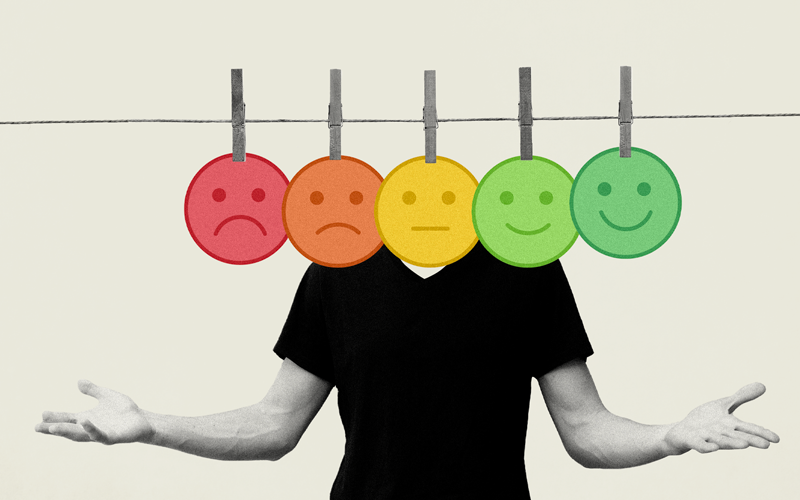Before Uber, you had to wait 20 minutes for a taxi. Before AirBnB, you had to pay through the nose for accommodation (let’s ignore for a second that the pricing has come full circle).
For all the major disruptions-slash-improvements in the way we consume goods and use services, we have cut-through marketplaces to thank. And they exist in every sector from ridesharing to sneaker selling to NFTs.
When done right, they catch like wildfire. Those in a16z’s Marketplace 100 2020 grew 3x to 5x year on year. No prizes for guessing who topped the list (hint: see the opening paragraph). In 2022, early stage marketplaces saw 5 IPOs, 3 SPACS, and 11 acquisitions.
Thanks to the marketplace boom of the past decade, their monolithic profitability power, and investment appeal, everyone wants to build the next one.
But what makes founding a marketplace different from founding a plain old company?
Know your market
Marketplaces are two-sided. They offer seamlessly integrated experiences. They “eliminate inefficiency and waste caused by misinformation or distance”. They create new types of transactions, new ways of living, new jobs within the economy.
They don’t just buy and sell, they build much loftier and more pretentious-sounding things like business ecosystems and membership economies.
Marketplaces demand more than supply and demand. Critical mass, network effects, and scale must collide. And timing really is everything.
But perhaps the biggest draw of all is that they create value where previously there would be none.
They demand true out of the box thinking. Book An Artist connects creatives with empty walls. Co-Architecture connects empty walls (okay, builders and architects) with creatives.
AirBnB provides the simplest example – it linked sellers with spare rooms and empty holiday homes to buyers who couldn’t afford hotels. The worldwide car boot sale that is eBay turned regular Joes without shopfronts into empowered sellers, extracting immense value by turning one man’s trash into other mens’ treasure.
Multi-tenant or multi-vendor solutions – i.e. listing and/or managing stock or inventory across multiple locations – are on the rise, in demand, and powered by SaaS. They’re also good for small businesses and the economy, increasing market options for sellers and inhibiting the formation of monopolies.
Marketplaces have the power to link businesses unable to sell with individuals unable to buy within existing ecosystems. The HBR calls these groups ‘nonproducers’ and ‘nonconsumers’. Silicon Valley investor Bill Gurley calls it ‘information asymmetry’.
By aligning interests, identifying dead ends and making them through-roads, marketplaces can literally create capital out of nowhere.
Simple, not easy
The concept of founding a marketplace as opposed to a company is a seductive one.
It’s not about trying to carve out a sliver of the pie. It’s about baking a whole new one with a whole new set of ingredients no one thought to use before.
Because they are defined by being different, each new marketplace has the opportunity to write its own playbook. But there are general rules to help marketplace founders set out the right stalls.
Your marketplace must improve efficiency. In Bill Gurley’s words, it must “create true economic leverage”, delivering true value that could not exist before your solution.
Conditions must be optimal. Innovation exists in a delicate ecosystem. Every type of product release imaginable rests not only on the forerunning technology that enables it, but on the current cultural acceptance of the idea (in other words, how ready people are to embrace it).
Solve the chicken-and-egg problem. Will you start building the offer or demand side first? Most successful two-siders start with building the offer for their vendors, then figure out who to generate value for them (i.e. find them customers). Find your “power sellers” and nurture them.
Build to acquire. As we saw from the a16z stats, acquisition is a common route (and a lucrative exit) for marketplaces that get acquired by other marketplaces. Examples include Epic Games’ acquisition of Bandcamp, Etsy’s acquisition of Depop, and Uber’s acquisition of Postmates.
Bake in functionality. Brand marketplaces (where community and customer loyalty are king) and “2.0 marketplaces” (where technical maturity and UX are king) aren’t just listing sites or comparison platforms. They’re building in features to make using them better than going straight to the source.
Have a compelling answer to “why now?”. Because if it hasn’t been built already, there’s probably a reason why.
In the absence of clairvoyance, use the PESTEL model (political, economic, social, technological, legal, and environmental factors) to plan for the next twelve to eighteen months.
Think legislative changes, micro and macro events, the stability of the economy, technological shifts, and changes in the physical world or climate that may force you to adapt.










